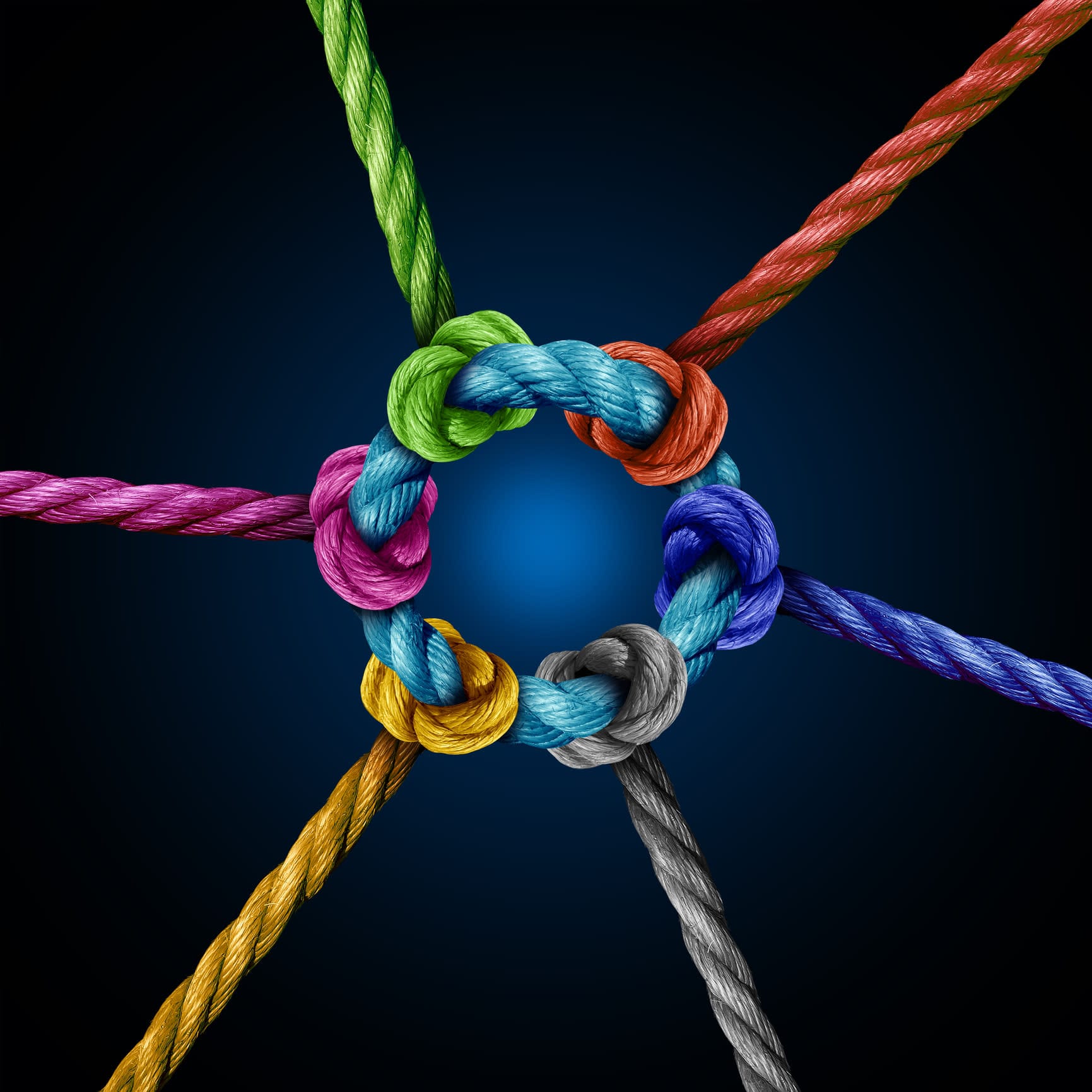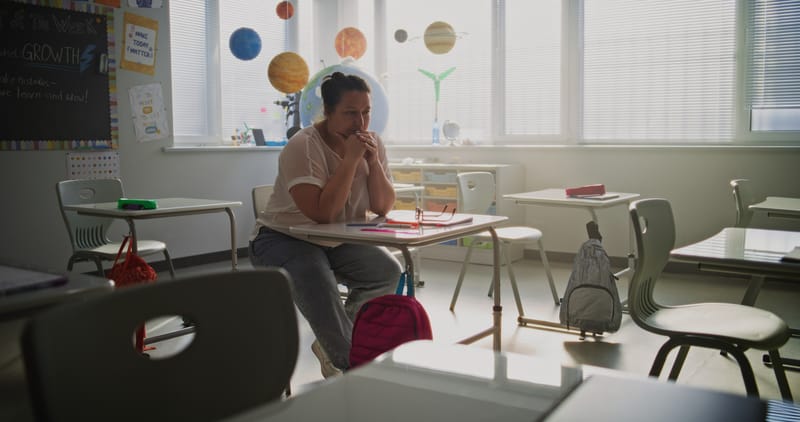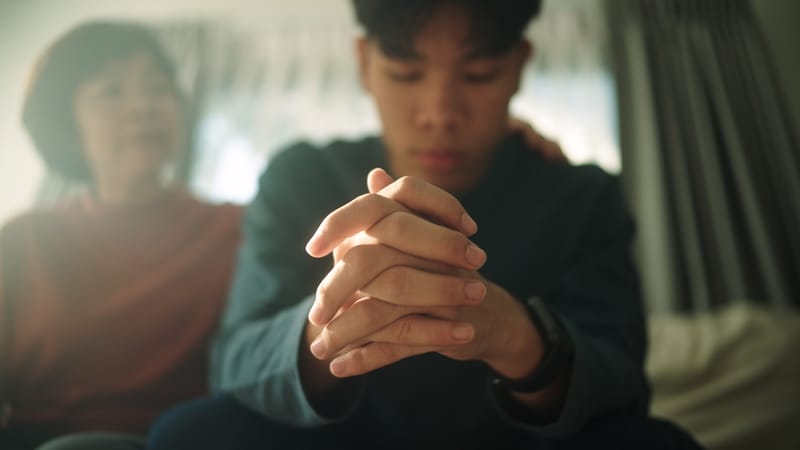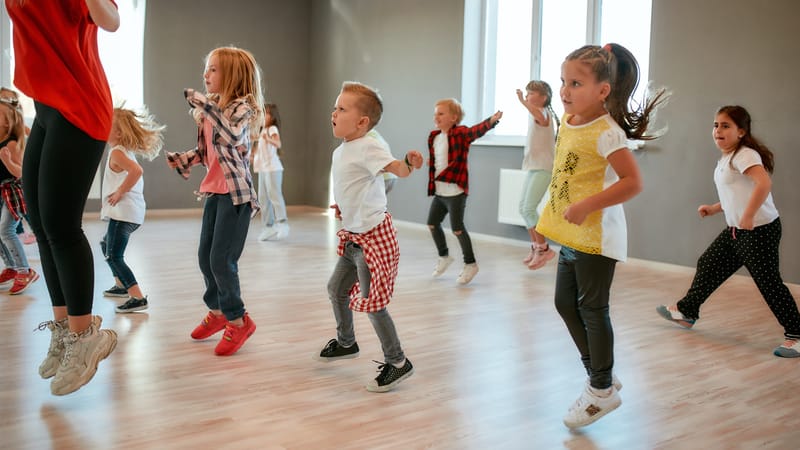
Children are highly attuned to hypocrisy. They learn as much, or more, from watching what we actually do, rather than what we say should be done.
It’s hard for teachers to insist students not bully when our political processes are rife with bullying; be anti-racist when senators back a white supremacist slogan; or show compassion when a government ignores a child mental health crisis.
In fact, recent research shows a ‘Trump effect’ since 2016 in US schools, with preliminary reports of increased bullying and increased levels of incivility, where it’s become OK to voice anti-immigrant and other derogatory sentiment.
Although teachers and parents generally don’t have the sweeping influence of politicians, our direct influence on children is immediate, personal and cumulative. Every day, as parents and teachers, we model behaviour, attitudes, approaches and values for our children. Every action, every choice we make, sends a message that becomes part of a child’s interpretation and understanding of the world. It’s not good enough to simply ask children to do as we say and not as we do.
In schools, it’s crucial that we make every attempt to align our behaviour as adults with our expectations of students. Anything less models a double standard, and we may effectively teach precisely the opposite of what we intend.
Building strong relationships
My work is in the realm of restorative justice in education. Restorative justice (RJ) is about building strong, healthy and just relationships to create effective, robust learning communities in schools. It centres on the idea that we’re interconnected and need to approach one another with empathy and curiosity.
Conversely, when we harm one another, restorative processes can be applied to restore a healthy learning community. Integral to this is that we’re held accountable for our actions within an environment based on trust and mutual support.
There’s nothing about RJ that suggests it’s exclusive to students. On the contrary, RJ is about the relationships and behaviour of every single member in a school community. Yet, in many schools, RJ is implemented as an approach only for students – to deal with their conflicts, relationships, and behaviour.
With the odd exception, most schools don’t use RJ to approach adult conflicts, relationships and behaviour. But just as for children, we know that conflict between adults exists in schools; we know that adult relationships need nurturing; and we know that adult behaviour isn’t always ideal. If RJ is seen as good for students, why is it not also good for adults?

These questions were raised while I was learning about the student experience of RJ in a Canadian primary school, Rocky Creek Public School*. I hadn’t intended to study the discrepancy between students and adults. But while in the school, the teachers maintained a constant refrain that eventually reached my ears: the kids do a better job of it than we do.
I ran learning circles with the teachers, to hear their experience of RJ. Although teachers were generally positive about staff dynamics at Rocky Creek, there were numerous examples raised of RJ not being present in staff culture. Staff members talked behind each other’s backs; one educator yelled at another in front of students; and disrespectful comments were made by staff about staff members and students.
Hypocrisy, in terms of how RJ was taught to students versus how it was enacted by and among staff members, was openly identified and discussed by these teachers in the learning circles.
Cohesion between words and actions was deemed important by the staff both for the sake of the students and adults. Cohesion was seen to affect students because, as Eleanore expressed it, “if it becomes a part of us, it will become a part of the kids”.
Conversely, there was concern about when students saw the opposite: “The kids see it and they see, like, well, they do it. You know, that teacher is mean to another teacher and she’s allowed to do it. And she doesn’t get in trouble for it. So why do I have to be nice? Kids will say that.” (Sonya).
For the adults, too
RJ was discussed as also worthwhile for adults. Several participants gave examples of festering conflicts they thought should be addressed with restorative processes. Tanya provided a typical example: “I hear comments in this school that are quite embarrassing – not from the kids. The kids are kids. Adults, who have been harmed by other adults in the school. Do we need a circle? Yes.”
Fellow circle participants agreed with Mai, who said it was “issues of trust and fear, risk” that really kept adults from fully engaging restoratively with one another in the school.
Those issues were seen to be both hindering the use of RJ and exacerbated by not using RJ. The consensus seemed to be that adults were falling short of practising the RJ they were teaching. They agreed this was a problem – that they were failing both the students and one another by not acting in a consistently restorative manner.
The consensus seemed to be that adults were falling short of practising the restorative justice they were teaching.
Once aired, participants moved the discussion from what was wrong to where they could go from there; they wanted to lessen the hypocrisy, and live their values more consistently.
Significantly, this process mirrored common restorative processes. In most restorative processes, some variation of these questions is posed: What happened? Who has been harmed? What harm resulted? What needs to happen to make things right?
The teachers in Rocky Creek thoroughly discussed what happened (RJ being used with students and not adults), who had been harmed (students, staff and the school culture), the resultant harm (to both student understanding of RJ and to adult relationships), and what needed to happen to make things right (supporting one another, more cohesion between words and actions).
The discussion gave the educators the opportunity to grapple with their own role in the hypocrisy they themselves identified, and their role in making things right.

The educators were embodying restorative principles by doing something both difficult and necessary – moving directly towards conflict rather than shying from it. Conflict is a necessary and desirable component of an evolving, living community, where disruption and attendant discomfiture can enable members to rigorously grapple with their issues and concerns to constructively and effectively transform their community for the better.
By moving towards conflict, with the intention of using that conflict to improve the school culture, these educators embodied a truly collaborative restorative community.
Justice in the process
Restorative justice is found more in the process than, perhaps, in an end product. Even if the hypocrisy wasn’t entirely erased at Rocky Creek, if the emphasis of RJ still skewed more towards students than adults, the act of grappling with this contradiction was a lived example of a restorative approach. Educators don’t need to be perfect with their use of RJ, but they can make genuine attempts to use it with all members of their school community and openly acknowledge when those attempts fall short.
The lesson here, for teachers and parents, is not one of practices to be perfected or hypocritical approaches to be eliminated. It’s one of airing the complexity of issues, of flaws, shortcomings and conflicts, and being willing to engage in a collective process of walking towards and through that complexity to better understand and act on it.
This is a story of what happens when we engage openly and honestly about our inability to always practise what we teach. It’s about setting an example of grappling with our shortcomings. If we can model that for the children we connect with, it’ll become part of how they, too, will interpret the world. We can do no better than that.
* The school and teacher names have been changed.
The full journal article on which this article is based can be found here:
Reimer, K. (2018). The kids do a better job of it than we do: A Canadian case study of teachers addressing the hypocritical application of restorative justice in their school. The Australian Educational Researcher, 1-15.





